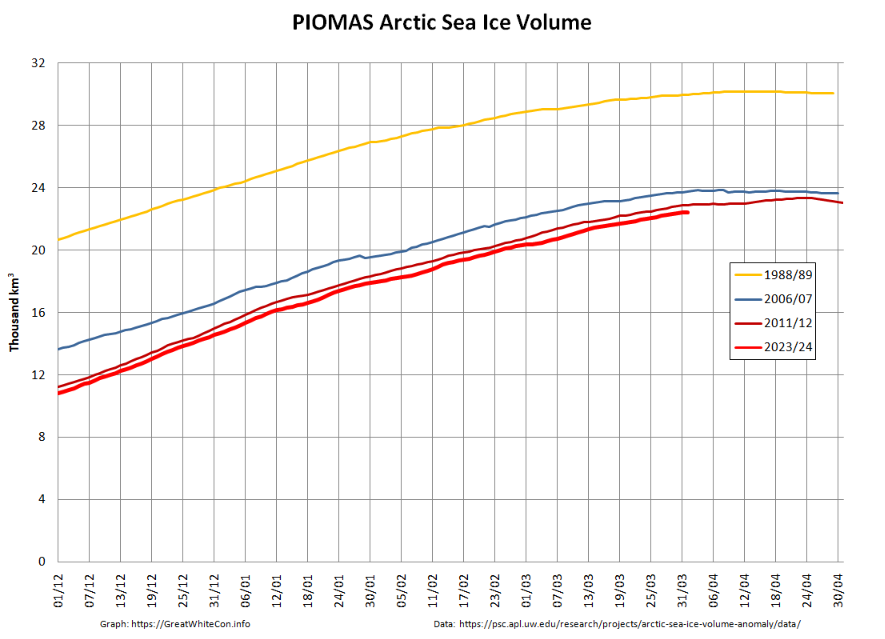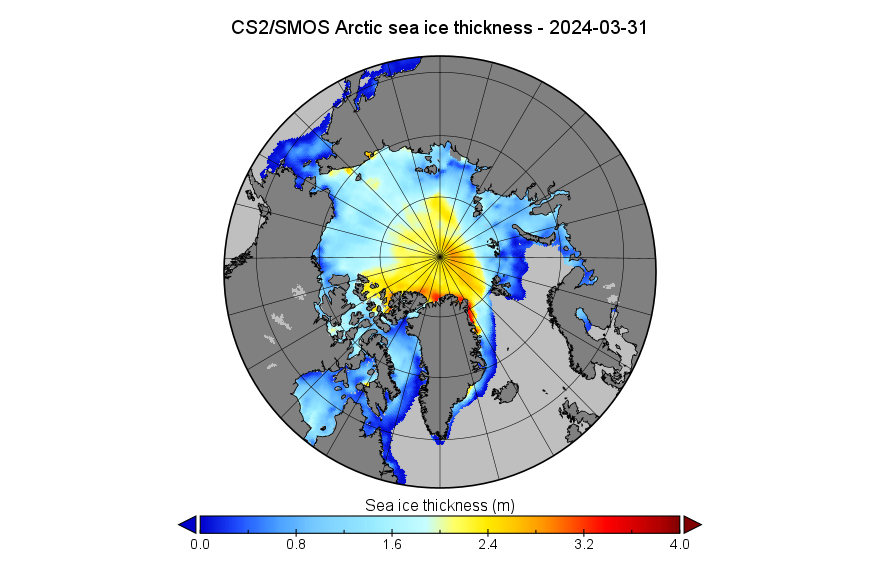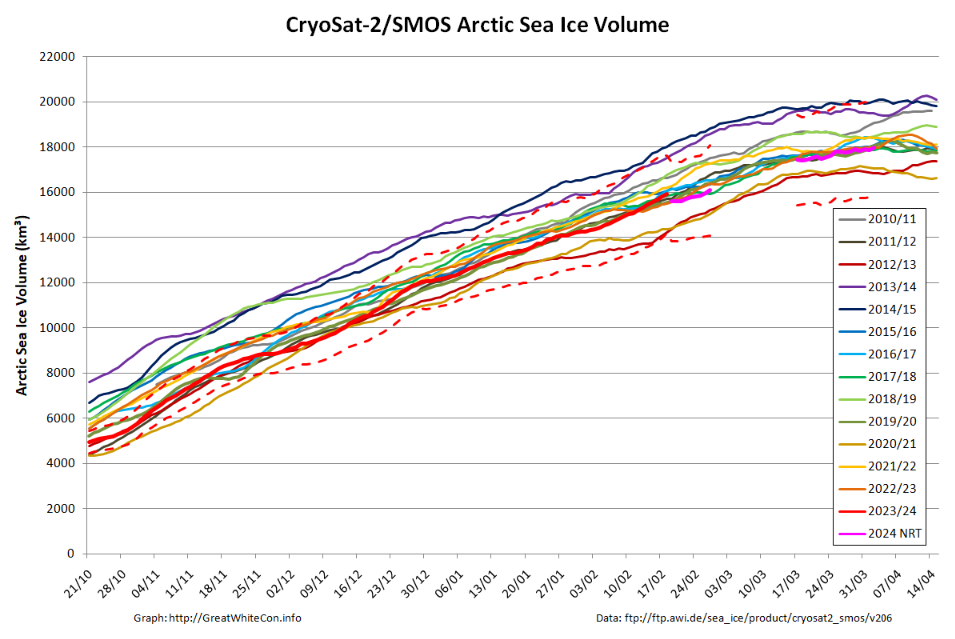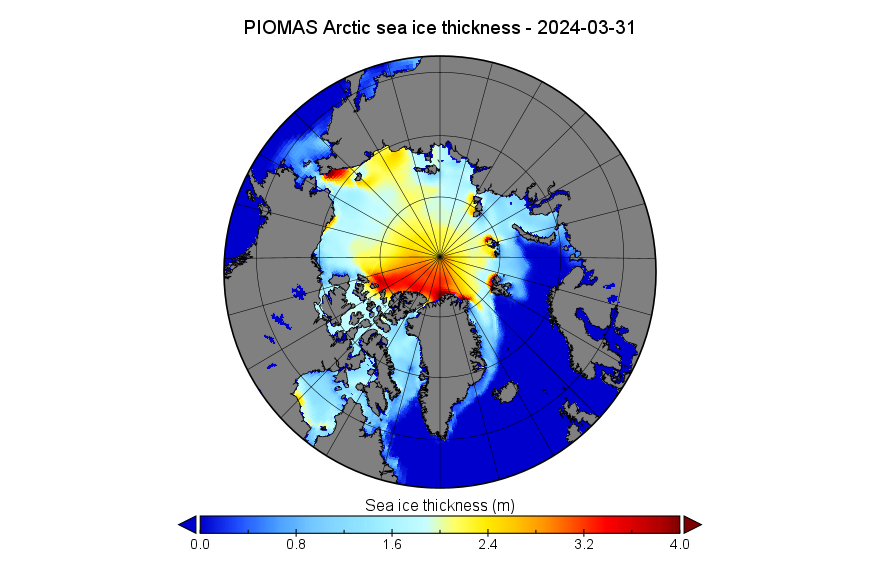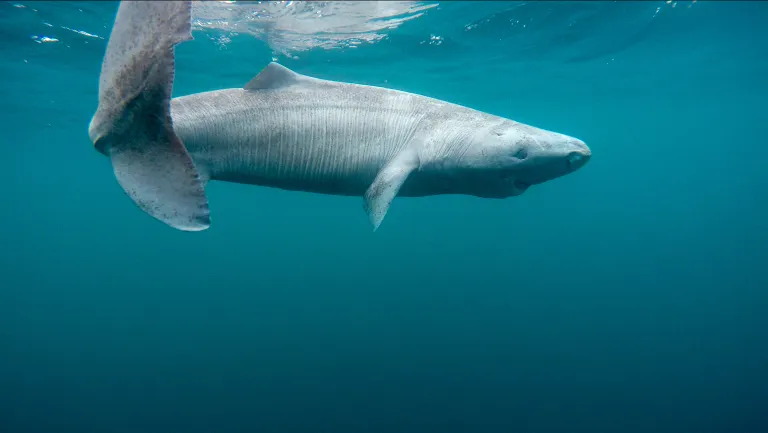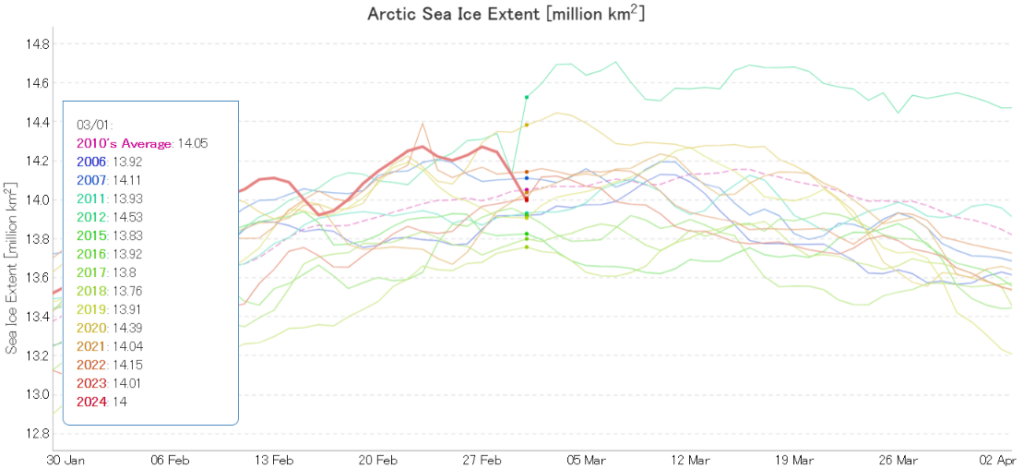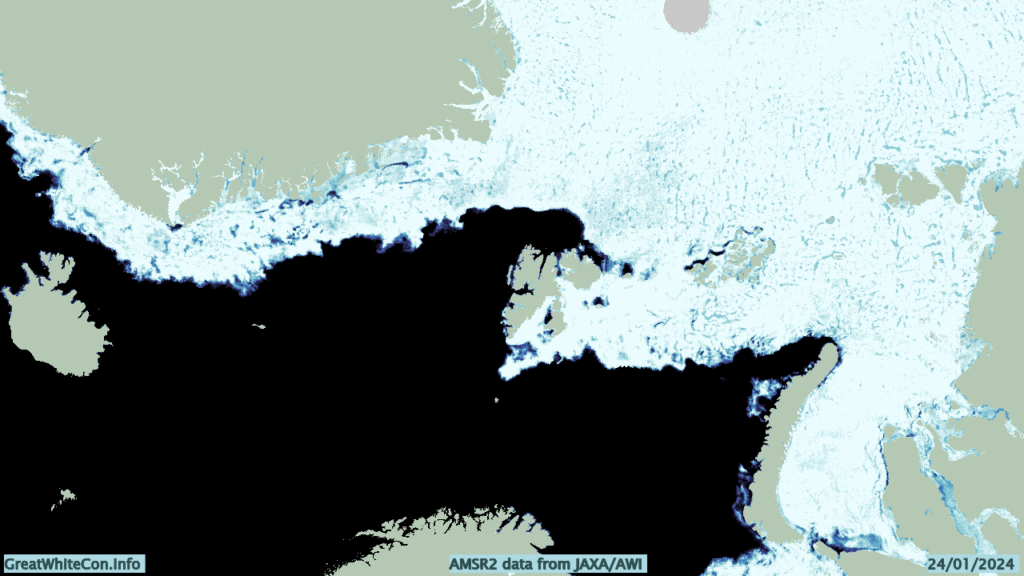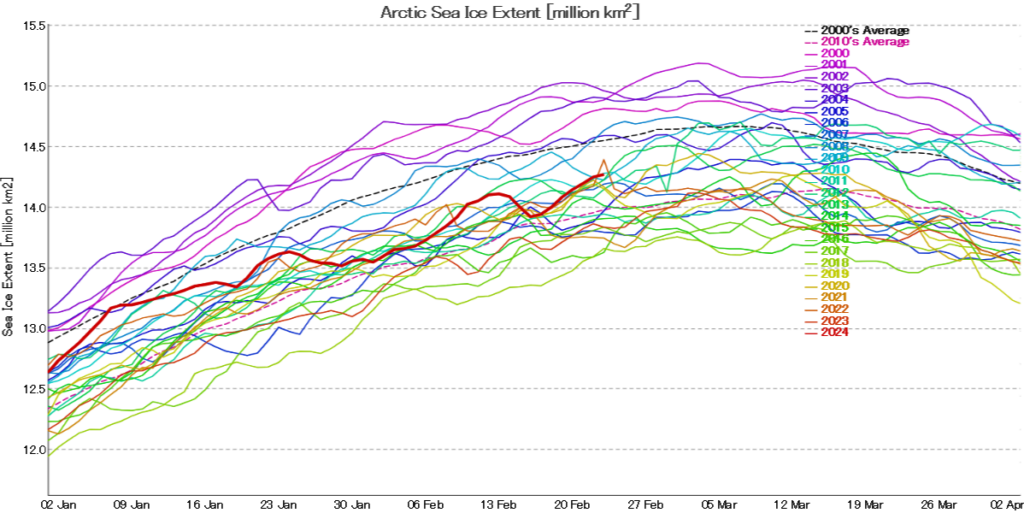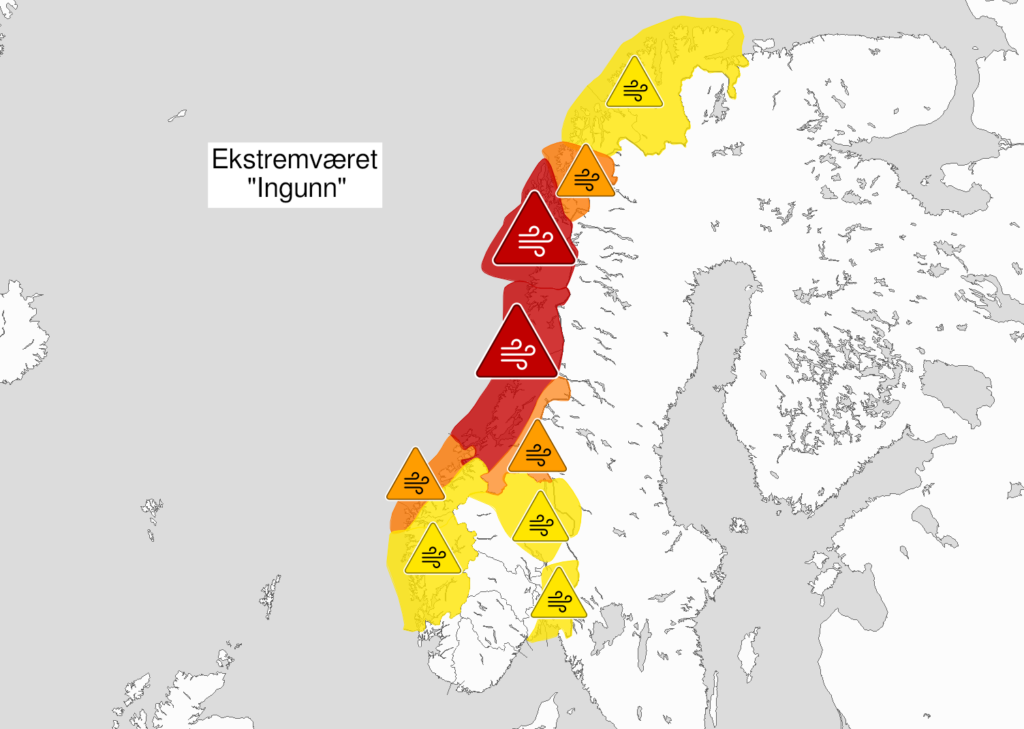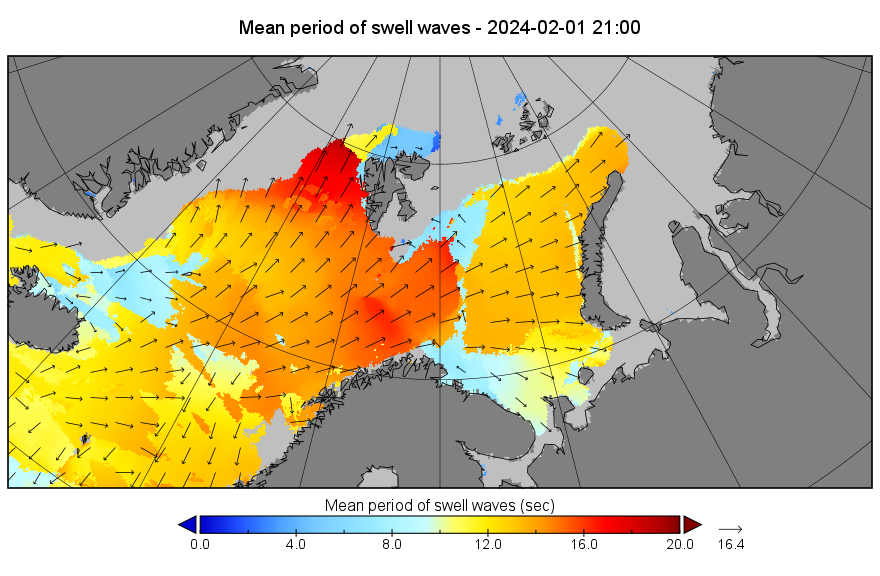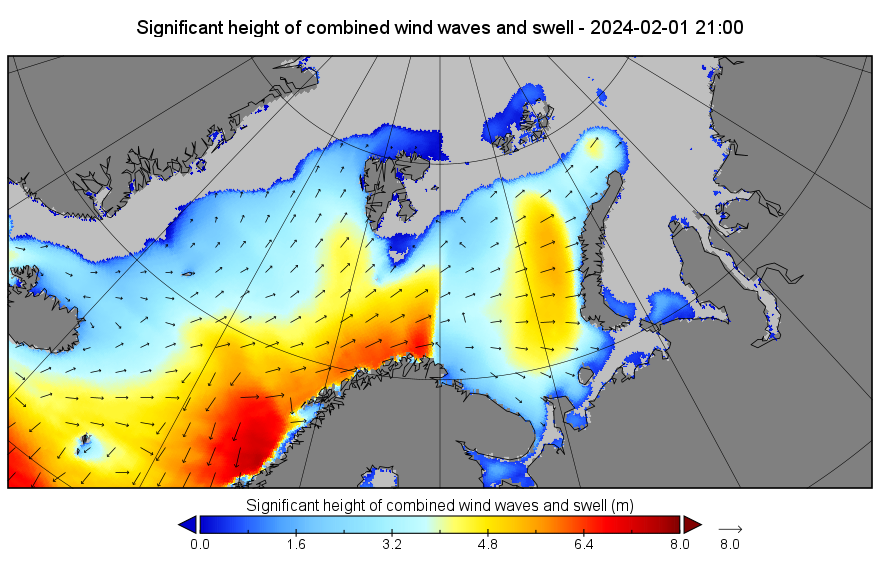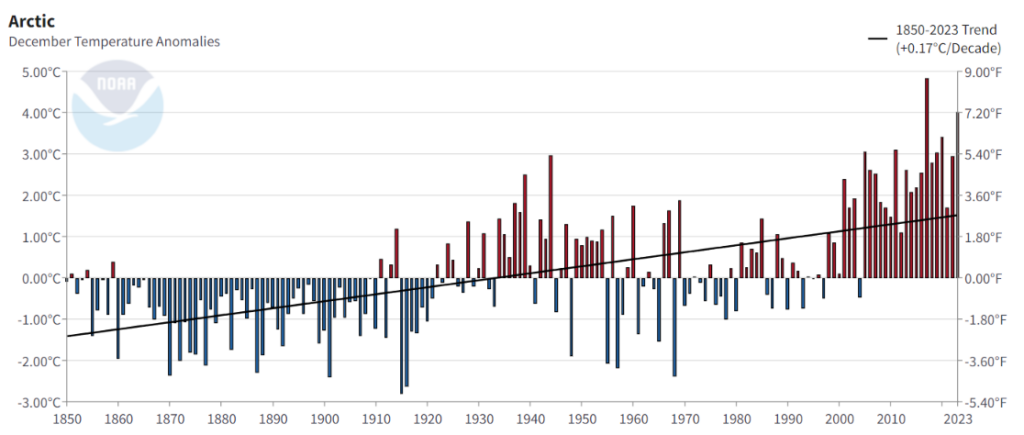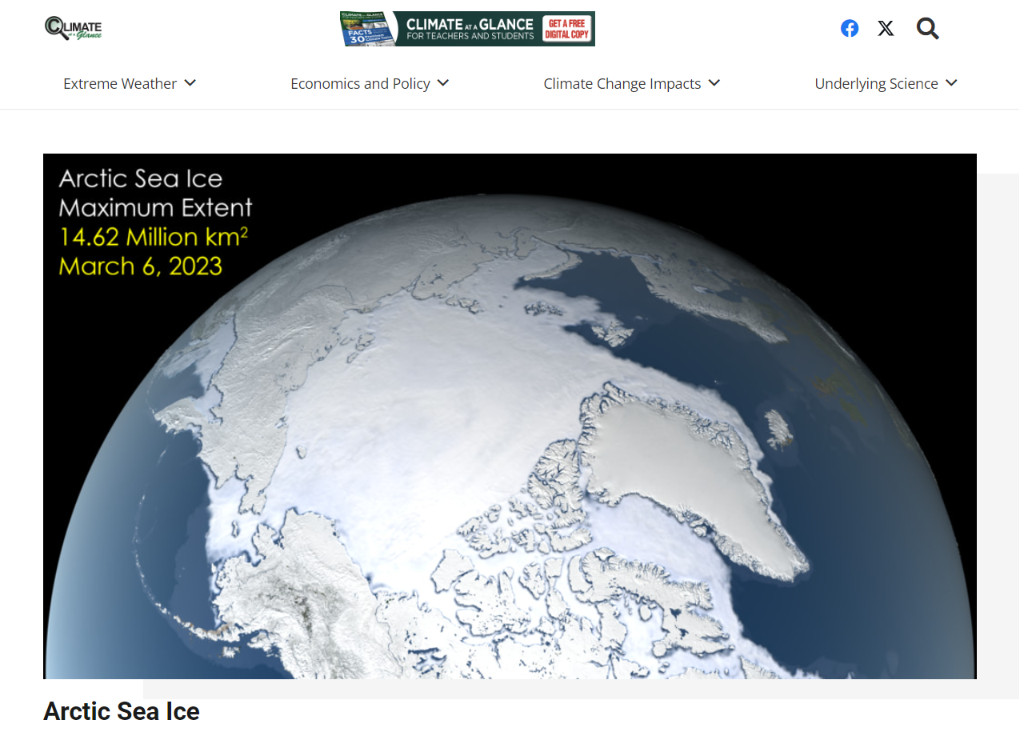Maintaining my New Year’s resolution to expose bad Arctic pseudo-science on (a)social media I stumbled upon this from the self confessed “skeptic” Jim Steele on XTwitter. Jim’s paid Elmo for a blue tick and is rather verbose, but these extracts will give you the flavour of his ramblings:
How Bogus Arctic Warming Attribution Enabled the Climate Crisis Scam
Abnormal warming over the Arctic Ocean and Arctic sea ice loss has been falsely blamed on rising CO2 and evidence of the climate crisis. Such alarmist graphic propaganda is common, like Yale 360’s emphasizing the Arctic Ocean’s warming of several degrees in November 2022, while ignoring the cooling over North America and Eurasia. But any critical thinking person can see warm Arctic temperatures are due to inflows of warm Atlantic water, NOT rising CO2…
The 1990s shift in wind directions caused by the natural Arctic Oscillation, drove out much of the Arctic’s thick multi-year sea ice which resulted in thinner annual sea ice which allowed more heat to ventilate and warm the Arctic (see peer-reviewed Rigor (2002) & (2004)). As the natural Atlantic Multidecadal Oscillation shifts to more northern hemisphere cooling, a decrease in the flow of warming tropical Atlantic water entering the Arctic, a rebound in insulating Arctic sea ice will occur that will simultaneously decrease Arctic temperatures.
People who understand these natural climate dynamics that affect the Arctic, always and quickly understand the bogus global warming crisis is driven by natural Arctic warming oscillations.
Needless to say my critical thinking Arctic alter ego felt an urgent need to quibble with Jim’s (almost) unevidenced assertions.
As is often the case with such skeptical “arguments”, the ancient academic articles quoted don’t actually support the conclusions. “Snow White” attempted to raise the matter with Jim:
Continue reading Jim Steele and Anthony Watts Embrace Bad Arctic Science →

